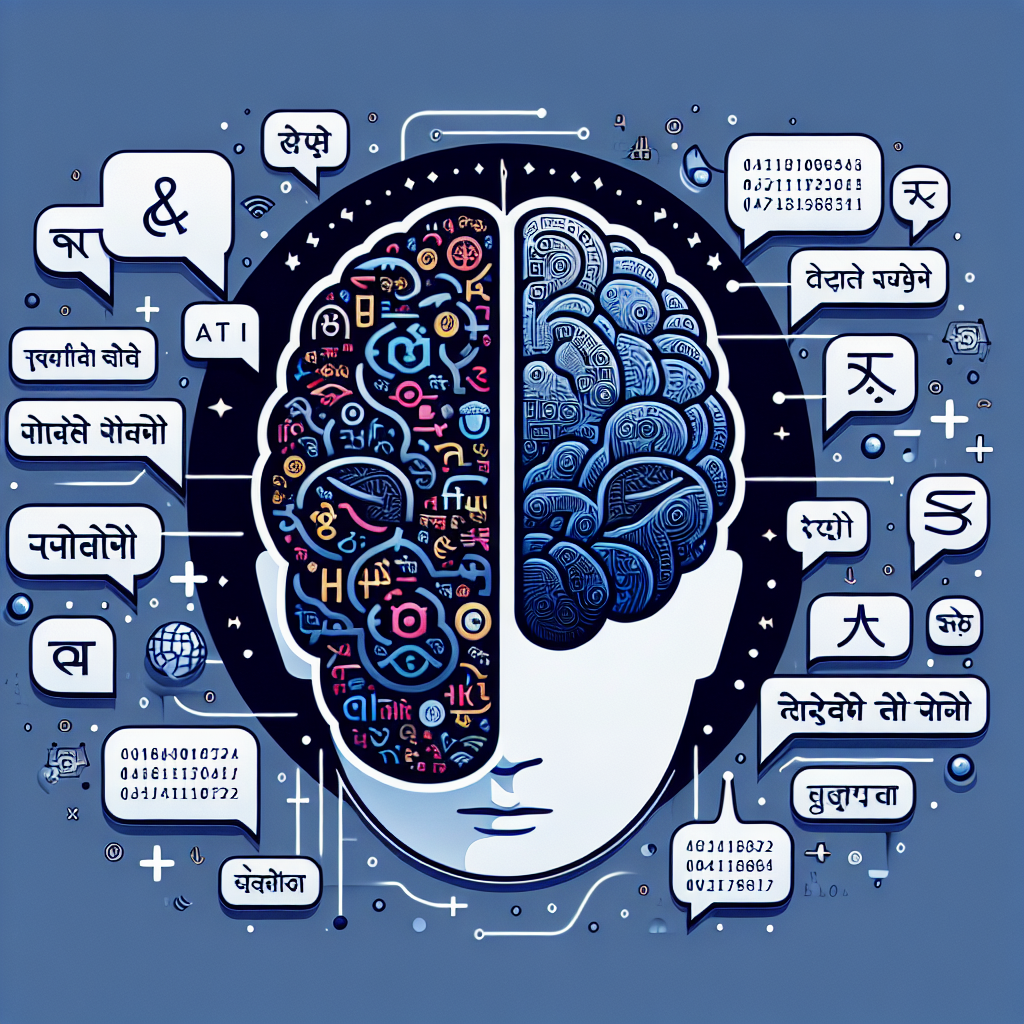Natural Language Processing (NLP) is a field of artificial intelligence that focuses on the interaction between computers and human language. It aims to enable computers to understand, interpret, and generate human language in a way that is both meaningful and useful. NLP is a rapidly growing field with applications in a wide range of industries, from customer service and healthcare to finance and marketing.
The Role of NLP in Language Understanding
One of the key applications of NLP is language understanding. This involves teaching computers to understand and interpret human language in a way that allows them to extract meaningful information and respond appropriately. Language understanding is a critical component of many NLP applications, including chatbots, virtual assistants, and sentiment analysis tools.
There are several key techniques and technologies that NLP uses to achieve language understanding. These include:
1. Text Preprocessing: Before computers can understand human language, text data must be preprocessed to remove noise and irrelevant information. This can involve tasks such as tokenization, stemming, and stop-word removal.
2. Named Entity Recognition (NER): NER is the process of identifying and classifying named entities in text data, such as people, organizations, and locations. This is a crucial step in language understanding, as it allows computers to extract relevant information from unstructured text.
3. Part-of-Speech Tagging: Part-of-speech tagging is the process of assigning grammatical categories (such as nouns, verbs, and adjectives) to words in a sentence. This helps computers understand the structure of a sentence and extract meaning from it.
4. Sentiment Analysis: Sentiment analysis is the process of determining the emotional tone of a piece of text, such as positive, negative, or neutral. This is a key component of language understanding, as it allows computers to gauge the sentiment of a customer review or social media post.
5. Machine Translation: Machine translation is the process of automatically translating text from one language to another. This is a complex task that requires computers to understand the structure and meaning of sentences in both languages.
6. Question Answering: Question answering is the process of automatically generating answers to user questions based on a given text. This is a challenging task that requires computers to understand the meaning of the text and extract relevant information to generate an accurate response.
Overall, NLP plays a crucial role in language understanding by enabling computers to process and interpret human language in a way that is both accurate and meaningful. This has a wide range of applications in industries such as customer service, healthcare, finance, and marketing, where accurate language understanding is essential for providing personalized and efficient services to users.
FAQs about NLP and Language Understanding
1. What is the difference between NLP and Natural Language Understanding (NLU)?
NLP is a broader field that encompasses various tasks related to human language, including text processing, speech recognition, and machine translation. NLU, on the other hand, focuses specifically on the task of understanding and interpreting human language in a way that allows computers to extract meaning and generate appropriate responses.
2. How does NLP benefit businesses?
NLP can benefit businesses in a variety of ways, such as improving customer service through chatbots and virtual assistants, analyzing customer feedback and sentiment, and automating tasks such as data entry and document processing. By enabling computers to understand and interpret human language, NLP can help businesses streamline their operations, improve customer satisfaction, and make more informed decisions.
3. What are some of the challenges of NLP?
One of the main challenges of NLP is the ambiguity and complexity of human language. Natural language is often full of nuances, slang, and cultural references that can be difficult for computers to understand. Additionally, the context in which a word or phrase is used can greatly affect its meaning, making it challenging for computers to accurately interpret text data.
4. How can businesses implement NLP in their operations?
Businesses can implement NLP in their operations by using pre-built NLP tools and platforms, such as IBM Watson, Google Cloud Natural Language, and Amazon Comprehend. These tools provide a range of NLP capabilities, such as sentiment analysis, entity recognition, and language translation, that businesses can integrate into their existing systems and processes.
5. What are some future trends in NLP?
Some future trends in NLP include the development of more advanced language models, such as OpenAI’s GPT-3, which can generate human-like text and understand complex language tasks. Additionally, the use of NLP in healthcare is expected to grow, with applications such as clinical documentation, patient monitoring, and drug discovery becoming more common.
In conclusion, NLP plays a crucial role in language understanding by enabling computers to process and interpret human language in a way that is both accurate and meaningful. This has a wide range of applications in industries such as customer service, healthcare, finance, and marketing, where accurate language understanding is essential for providing personalized and efficient services to users. As NLP technologies continue to evolve, we can expect to see even more advanced and innovative applications of language understanding in the future.

